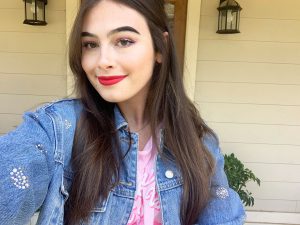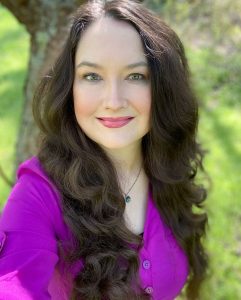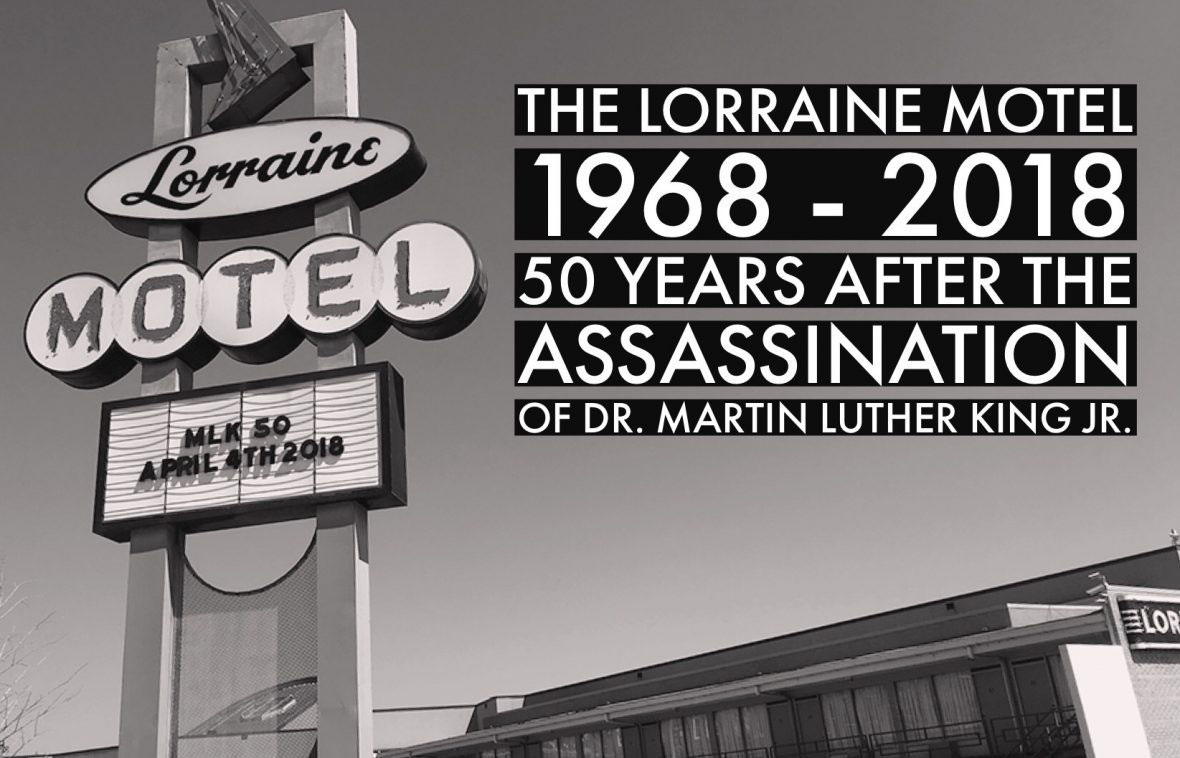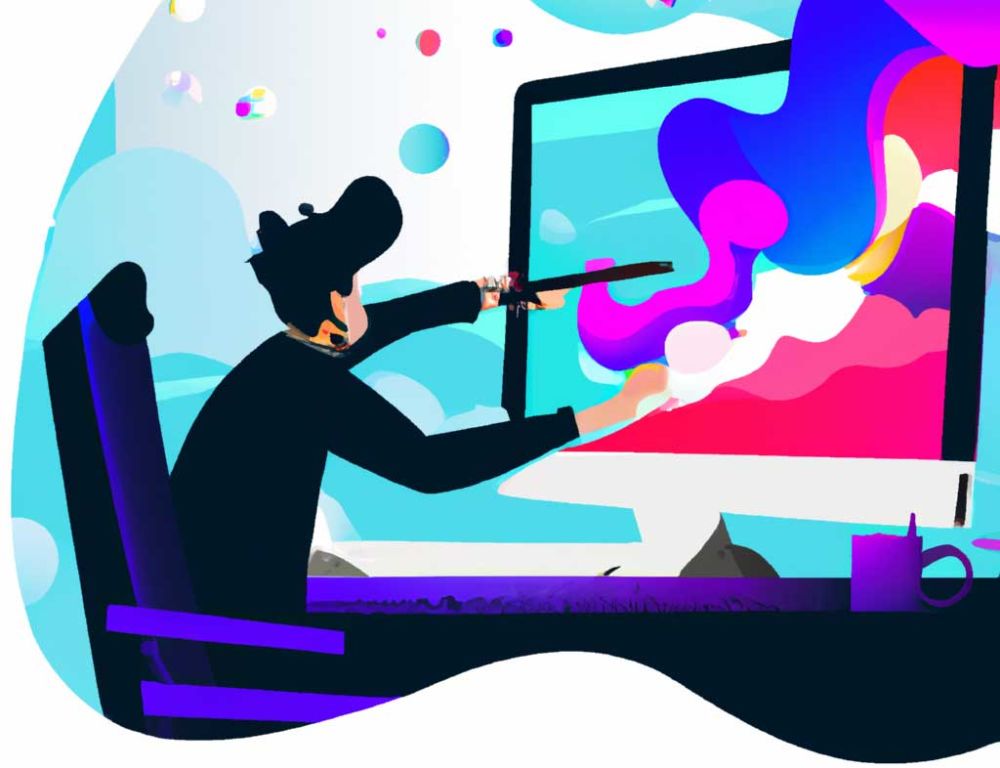
HELLO DALL·E
University of Mississippi students use creative descriptions to generate realistic images and art with AI
Imagine coming up with an artistic idea, typing a few words into a search bar, and having a computer program automatically generate multiple variations of original artwork based on your conceptualization.
That is what DALL·E 2 OpenAI does. Just about anything you can envision and find the words to describe, the system can create a graphic visualization. The more specific you are, the better the results.
This semester, students in professor LaReeca Rucker’s Social Media in Society class experimented with DALL·E 2 when it was opened to the public. The name honors surrealist artist Salvador Dalí and the Pixar robot WALL·E.
“I really enjoyed playing on this website,” said student Miya Yuratich. “It is perfect for someone with a creative mind. I told my brother about it because he is an artist and is always drawing and painting. I thought it would be perfect for times when he knows what he wants to create, but can’t quite picture it.
“I also called my little sisters to show them, because they have wild imaginations, and DALL·E brought some of their visions to life. I looked up ‘cats swimming in a bowl of cereal while it is raining strawberries.’”
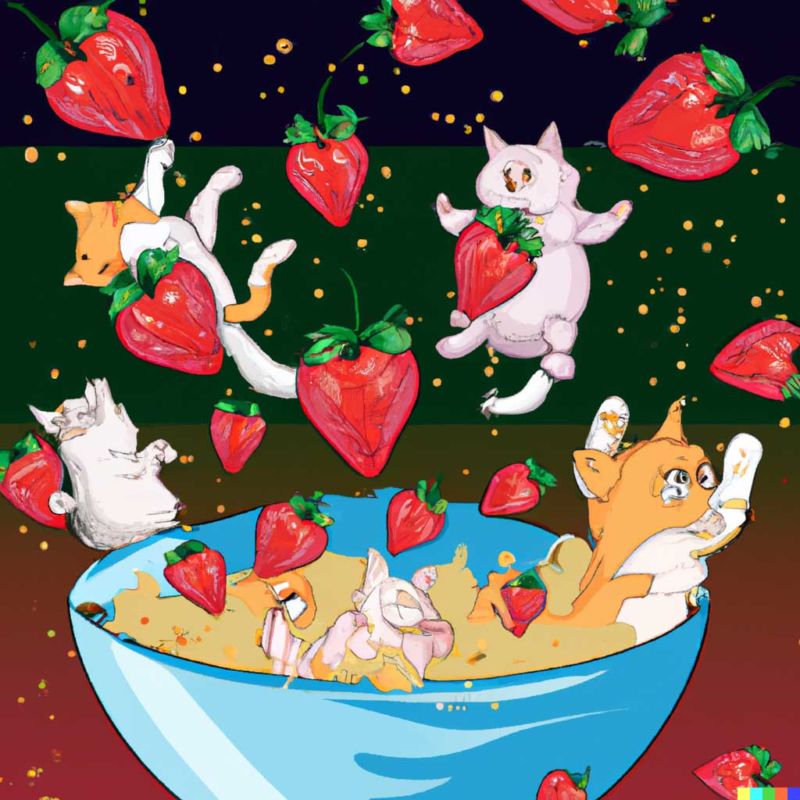
In January 2021, OpenAI introduced DALL·E followed by DALL·E 2 a year later. The AI system can create realistic images and art from a creative text description in natural language. It can combine concepts, attributes and styles and expand images beyond what’s in the original canvas, creating new compositions.
According to the DALL·E 2 website, the system has learned the relationship between images and the text used to describe them. Creators say they hope DALL·E 2 will empower people to express themselves creatively and understand how advanced AI systems see and understand our world.
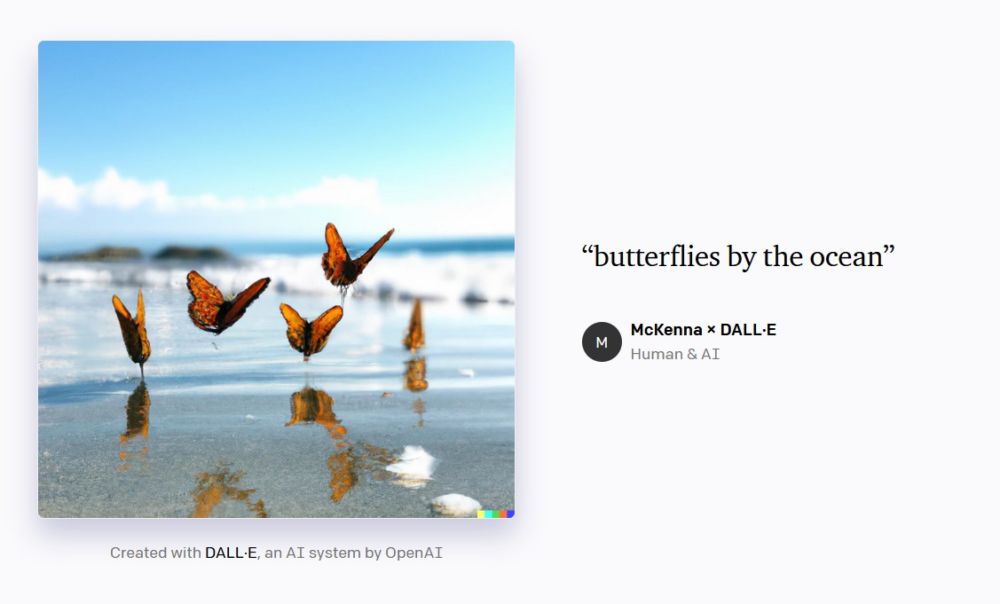
“After registering to use the DALL·E platform in 2021, I thought it would be something that might interest my students when it opened to the public this year,” Rucker said. “So I challenged them to use their creativity with DALL·E to type a description and see what the system creates. I think many were surprised at just how detailed the generated DALL·E illustration was.”
Student Emma Kate Davidson said it was cool to work with such a creative website.
“I looked up many different random things in the search bar, but my favorite was ‘crayon drawing of several cute colored monsters with ice cream bodies on dark blue paper,’” she said. “It was so cool to see that the website was able to accurately create such a specific picture, and I loved seeing all the different results that it came up with.
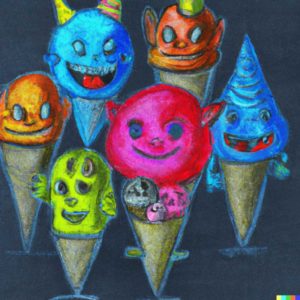
Student Jenna Karl said she challenged the system by coming up with the most ridiculous descriptions she could think of.
“There would be an image for it every time,” she said. “… I searched ‘dachshund wearing a pink dress outside.’ … I am amazed at the ability of this website to search through so much data so quickly and generate an image on the spot. I think it would be interesting to put in words describing a book and see what the site comes up with as the ‘book cover.’”
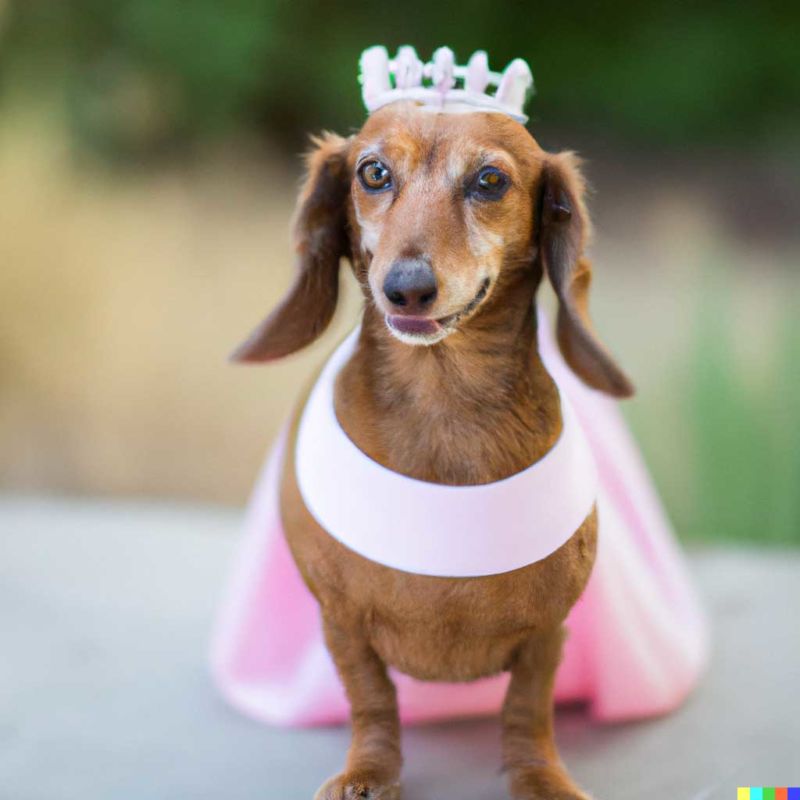
Student Ava Jahner said she got her friends involved with the site.
“I mostly searched things that had to do with the color pink and animals because pink is my favorite color right now,” she said. “I first searched ‘pink zebras shopping in Paris,’ and I found some super funny and cool photos.
“I then searched ‘flowers in a pink vase in Italy watercolor,’ and it was so pretty. These two were for sure my favorite. I loved this experiment, and I had so much fun playing with this website.”
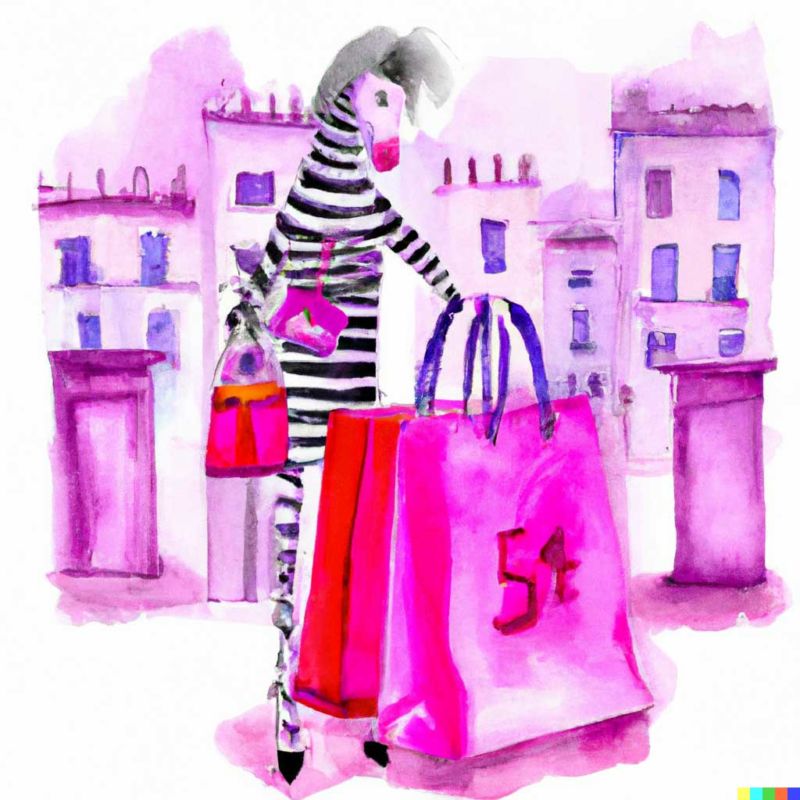
Rucker, who has an interest in emerging technologies, teaches a class that envisions the near future of technology, media and digital ethics.
“We’ve discussed the possible effects of advanced social media networks that could change our culture, patents for futuristic contacts that could record video, how augmented and virtual reality could eventually make it difficult for us to distinguish between truth and fiction, and other issues that may arise as technology advances,” she
said.
“It’s important to remain tuned in to the new apps and websites that emerge and to think about how they can be used in multimedia storytelling.”
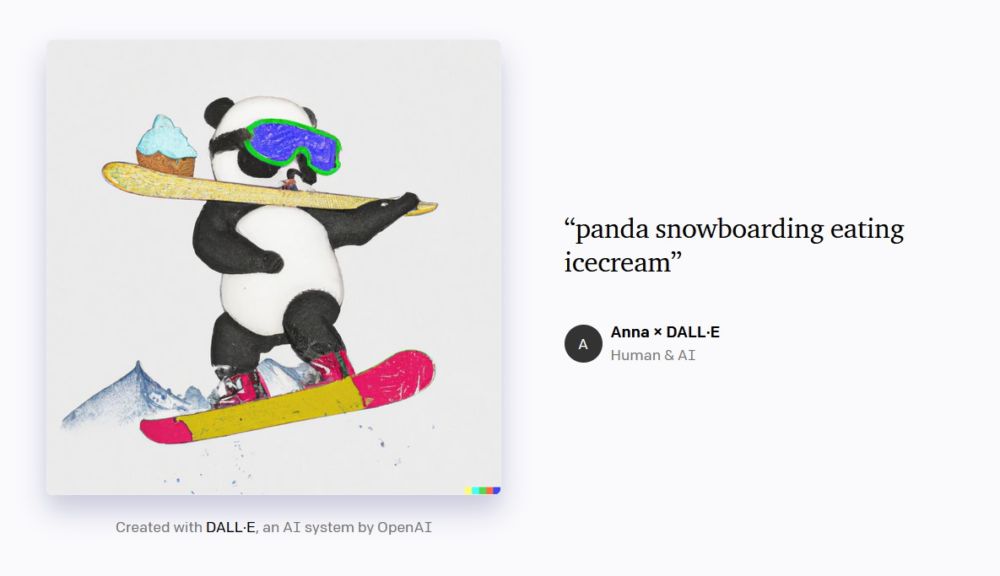
DALL·E produces original images. The Forbes article “AI And Creativity: Why OpenAI’s Latest Model Matters” says these are images that have never existed in the world nor in anyone’s imagination.
“These are not simple manipulations of existing images on the Internet—they are novel renderings, at times breathtaking in their cleverness and originality,” the article reads. “They are images that DALL·E’s human creators, in many cases, did not expect and could not have anticipated.”
The New Atlas article “Open AI’s DALL·E 2: A dream tool and existential threat to visual artists”
reports that “given a high-quality prompt, DALL·E will generate dozens
of options” in seconds, “each at a level of quality that would take a
human photographer, painter, digital artist or illustrator hours to
produce. It’s some kind of art director’s
dream; a smorgasbord of visual ideas in an instant, without having to pay creatives, models or location fees.”
-
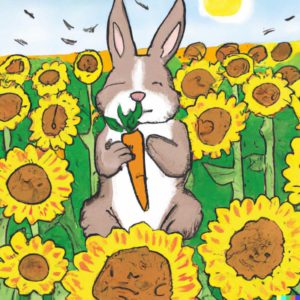
- Student Ashley Parks entered the description “A picture of a bunny eating a carrot in the middle of a sunflower field” and DALL-E 2 created this image.
-
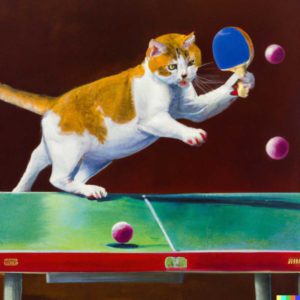
- Student Ethan Leach entered the description “An oil painting of a cat playing ping pong” and DALL-E 2 created this image.
-
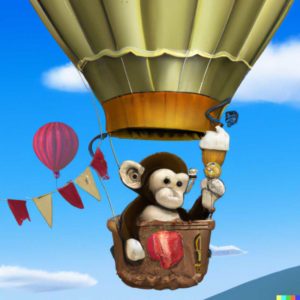
- Student Kate Reppeto entered the description “Monkey in a hotair balloon eating ice cream” and DALL-E 2 created this image.
-
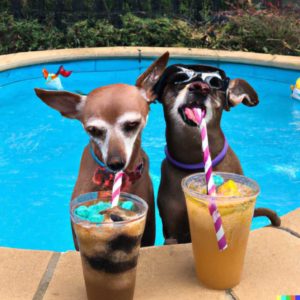
- Student Kieran Guyman entered the description “Dogs drinking smoothies at the pool” and DALL-E 2 created this image.
-

- Student Megan Harr entered the description “Blue frog roller skating in London” and DALLE-2 created this image.
-
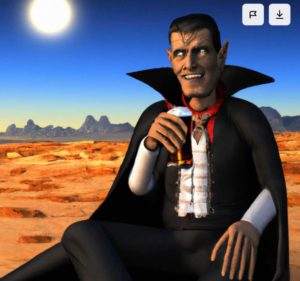
- Student Olivia Morgan entered the description “Vampire drinking beer in the desert” and DALL-E 2 created this image.
-
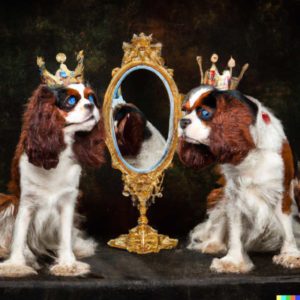
- Student Paige Carvell entered the description “King Charles cavalier dogs trying on crowns looking in mirror” and DALL-E 2 created this image.
-
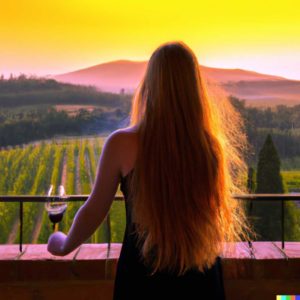
- Student Sarah Caroline Crall used the description “A woman in her early twenties with long golden hair standing on a balcony overlooking a Tuscan vineyard filled with trees” and DALL-E 2 created this image.
-
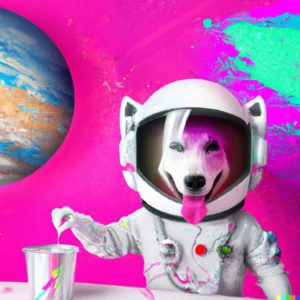
- Student Savannah Shook provided the text “Digital art style mixing paint with an astronomy helmet in a pink room happy,” and DALL-E created this illustration.
It’s interesting to think of different ways DALL·E could be used. Some say a similar system could be helpful in product and graphic design, fashion and architecture. Could it be used to design logos, website templates, business cards, posters, brochures, book covers? Perhaps it could become an artist assistant or muse? The Forbes article says such a system could become a common “ideation partner and a source of inspiration.”
That means there are also fears that AI could replace creatives in their industries.
“I think that we are seeing many emerging platforms, such as DALL·E, ChatGPT (also part of OpenAI) and Copy.ai, a platform that automatically generates written content for marketers, that do things in seconds that it has taken people in our industries a lifetime to learn,” Rucker said. “Pondering the future of that can be concerning when we think about how the digital age has disrupted and transformed our industry in only a few years.
“But maybe these tools can work as companions instead of competition, and now is a good time to experiment with them to see if they have a place in our industry.”
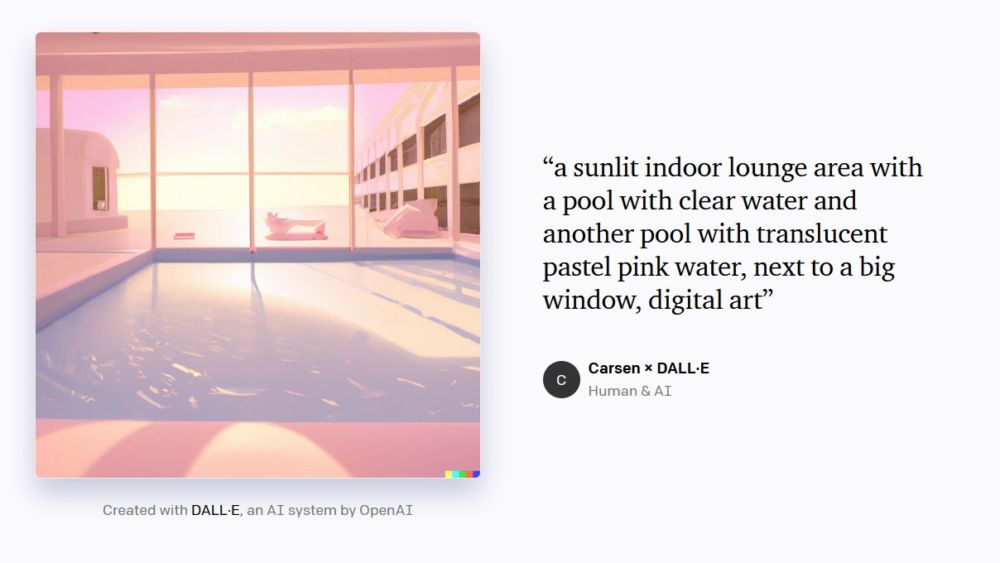
The DALL·E website reports that the company is also working to prevent the creation of harmful artistic generations. They’ve limited DALL·E 2’s ability to generate violent, hate, or adult images. They say they’ve also use advanced techniques to prevent photorealistic generations of real individuals’ faces, including those of public figures.
“I think this website is a great way to find images that you can think of, but not necessarily create,” said student Katie Sachfield. “I, for one, am a person who can come up with ideas and communicate them, but I cannot always make them myself.”
